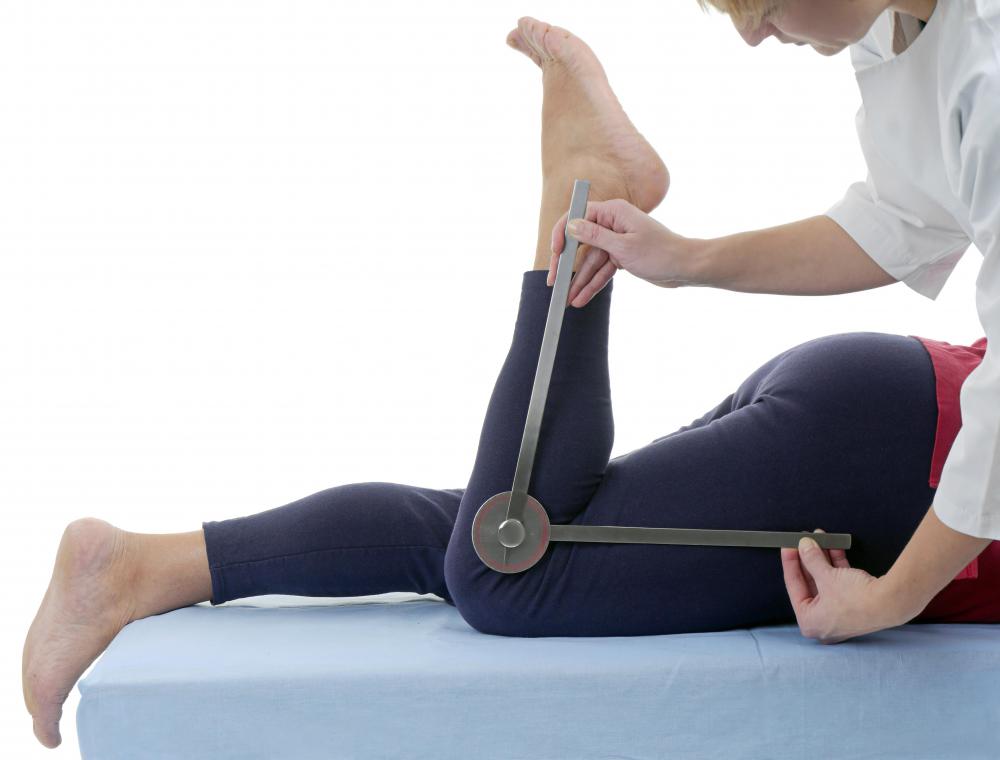At TheHealthBoard, we're committed to delivering accurate, trustworthy information. Our expert-authored content is rigorously fact-checked and sourced from credible authorities. Discover how we uphold the highest standards in providing you with reliable knowledge.
What is a Popliteal Cyst?
A popliteal cyst is a mass of fluid and inflamed tissue that develops behind the knee joint due to an acute injury or chronic degenerative disorder. Most cysts are small and painless, but extensive damage to internal knee components can lead to swelling, tenderness, and a limited range of motion. Doctors can usually shrink cysts and combat symptoms by treating the underlying condition. Aspiration or surgical excision may be necessary if a popliteal cyst keeps coming back or causes significant pain.
Also called a Baker's cyst after the physician who first described it, a popliteal cyst is essentially a buildup of excess joint fluid. Small sacs called bursae, which are present in most body joints, are filled with synovial fluid that cushions and protects internal structures. If the bursa behind the knee becomes irritated and inflamed, synovial fluid leaks into the joint and leads to the development of a cyst. Arthritis is a leading cause of popliteal bursa inflammation, but an injury from a direct blow or a bad fall can also result in fluid buildup.

Most popliteal cysts barely form noticeable lumps in the knee pit, but an untreated mass can potentially grow to be about 2 inches (about 5 centimeters) in diameter or larger. A large cyst typically feels soft and tender, and it may turn red or purple. Knee pain is common, though pain is usually associated with the underlying arthritis or injury rather than the popliteal cyst itself. Swelling can make it difficult to bend the knee and bear weight on the leg. It is important to schedule an appointment with a doctor when knee swelling is prominent to receive an accurate diagnosis.

A physician can usually diagnose a popliteal cyst by evaluating the physical appearance of the mass and performing a magnetic resonance imaging (MRI) scan. MRI results may reveal damage to bone, cartilage, ligaments, or blood vessels within the knee. Depending on the size of the cyst and the severity of symptoms, several treatment options may be considered.

Most painless cysts that do not impair physical activity are not treated. They tend to go away on their own in one to six months without causing lasting problems. If a cyst causes discomfort, the doctor may choose to aspirate it with a specialized needle to relieve tension. When arthritis is determined to be the underlying cause, anti-inflammatory drugs are usually prescribed to relieve symptoms. Surgery is rarely needed for a popliteal cyst, but a procedure may be necessary to repair damaged ligaments or meniscus tissue.
AS FEATURED ON:
AS FEATURED ON:

















Discuss this Article
Post your comments